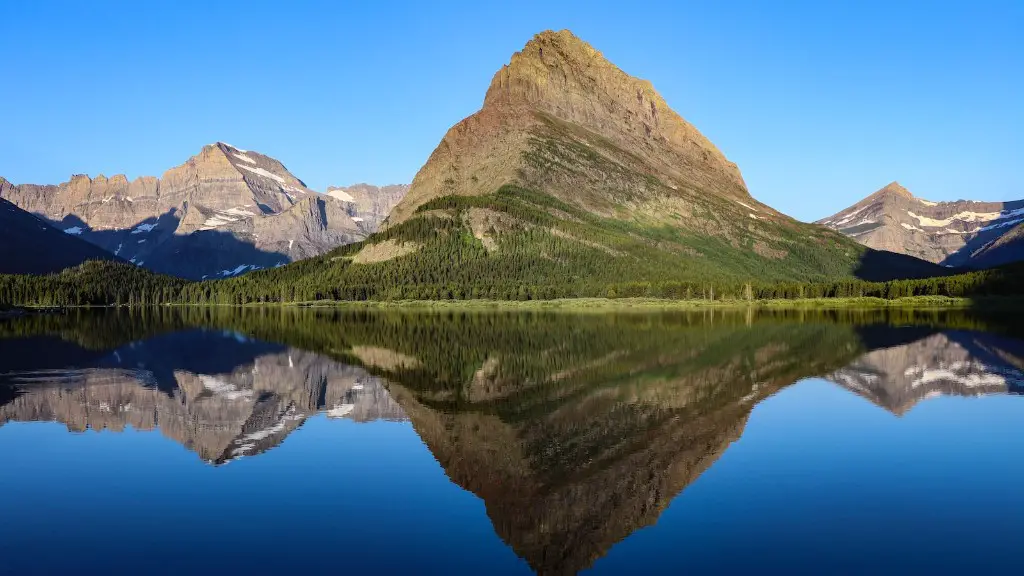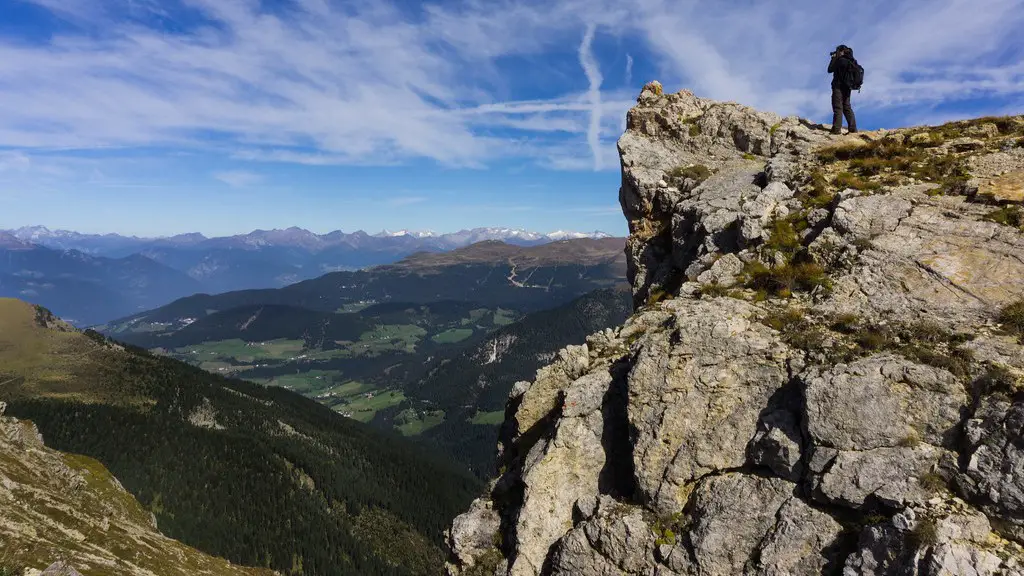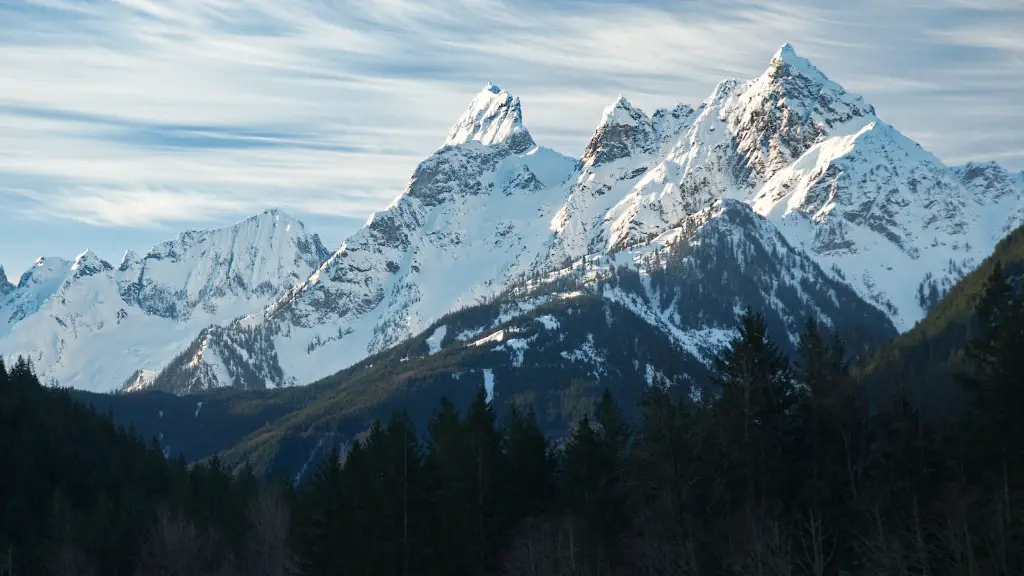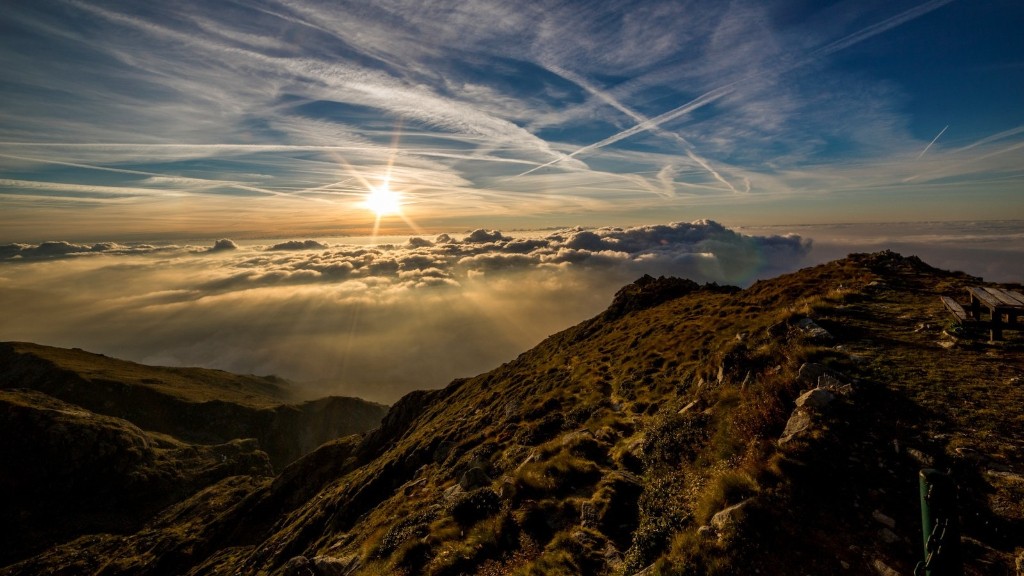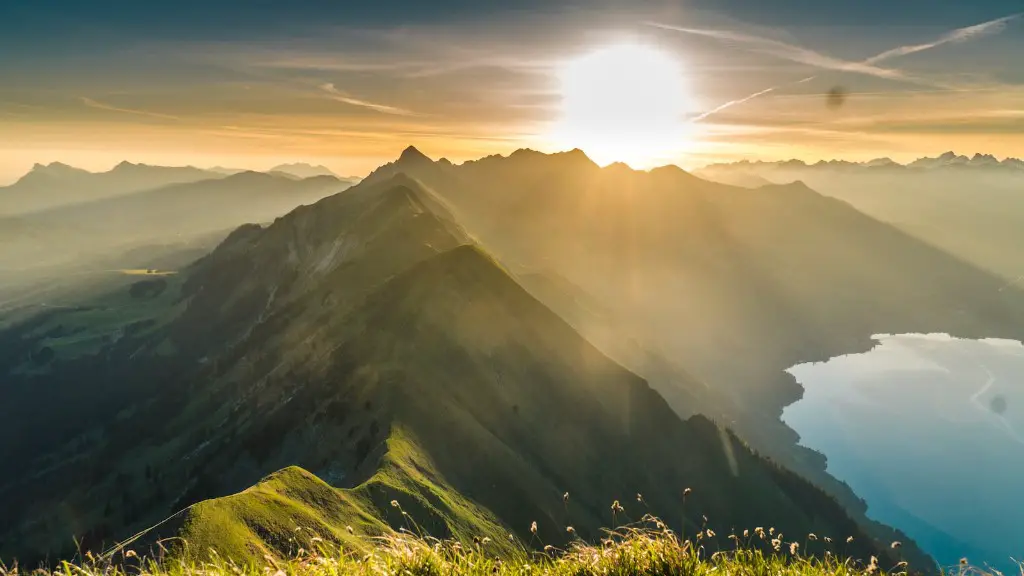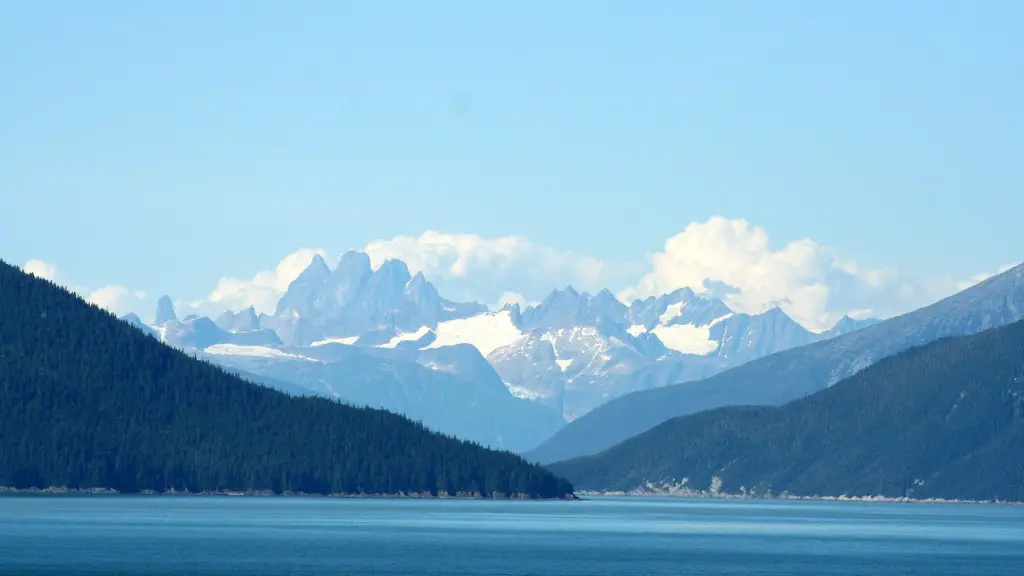Mount Kilimanjaro is the tallest mountain in Africa and is one of the Seven Summits. The summit of Mount Kilimanjaro is Uhuru Peak, which is the highest point on the African continent at 5,895 metres (19,341 ft) above sea level.
Mount Kilimanjaro is approximately 19,341 feet or 5,895 meters high from sea level.
Is Kilimanjaro in the death zone?
While the risk of death is always present when climbing any mountain, Mount Kilimanjaro is especially dangerous due to its high altitude and extreme weather conditions. Approximately ten climbers die on the mountain every year, making it one of the most deadly peaks to attempt.
Kilimanjaro’s altitude is a significant challenge, but climbers do not need supplemental oxygen to climb Kilimanjaro or reach the summit. To reach the summit, you use the acclimatization method of walking slowly “pole pole” and sleeping at a lower altitude than you climb during the day.
Do you get altitude sickness on Kilimanjaro
Many climbers on Kilimanjaro will experience the early symptoms of Altitude Sickness which include headaches, nausea, dizziness, breathlessness, loss of appetite and possibly palpitations. If you experience any of these symptoms, do not ascend and see if they improve. If they get worse, descend to a lower altitude.
There are a total of six different routes you can use to climb Mount Kilimanjaro. The shortest possible way to the summit is by the Marangu or the Umbwe Route. These routes can be completed in 5 days (but we don’t recommend it for most hikers).
Can beginners climb Kilimanjaro?
Yes, beginners can climb Kilimanjaro, but to have the best experience, they should be aware of the conditions, seasonal climates, costs, and requirements.
The Uhuru Peak is approximately 5,895 meters (19,341 feet) above sea level, while the Everest Base Camp is approximately 5,364 meters (17,598 feet). This means that climbers must ascend nearly half a kilometer higher to reach the Uhuru Peak, making it a more difficult climb than Everest Base Camp.
How much money do you need to climb Kilimanjaro?
If you’re looking to climb Kilimanjaro on a budget, your best bet is to research local tour operators in Tanzania. There are many reputable companies that offer budget-friendly climbs without sacrificing quality or safety. Be sure to read reviews and compare prices before booking your trip. Keep in mind that the cheapest option isn’t always the best value – make sure you’re getting what you pay for.Happy climbing!
summit day is going to be a long one! Start out at midnight and plan to hike for around 12 to 16 hours to reach Uhuru Peak, the summit of Kilimanjaro. This is because you’ll need to descend a long way to reach that night’s campsite. Bring plenty of snacks and water to stay hydrated and fueled for the long day ahead.
Are there toilets on Kilimanjaro
When you’re planning to hike Kilimanjaro, be aware that the public toilets at the camp sites are very basic. They typically don’t have western-style toilets or sinks with hot water and soap dispensers. In some cases, there may not even be a door for privacy – just a walk-around wall. Lower your expectations for the facilities and you’ll be more comfortable during your hike.
If you’re planning to trek up Kilimanjaro, be prepared to “rough it” when it comes to the public restrooms. While there are public toilets at every camp stop, don’t expect anything too luxurious. Most of the time, you’ll be dealing with a hole in the ground (aka a “squat toilet”) and there’s no guarantee of running water or soap. So, just lower your expectations and be prepared to be a little uncomfortable.
Do you need malaria tablets for Kilimanjaro?
This is important to keep in mind if you are planning to trek up Kilimanjaro- you will need to be on antimalarial drugs during the entire trip, and for a short time afterwards. Make sure you consult with a doctor before your trip to ensure you are taking the right precautions.
Kilimanjaro’s peak is nearly 6000 metres above sea level. At this height, the air pressure (and the amount of oxygen it contains) is less than half that at sea level, and has been said to be comparable to ‘working with only one lung’. The human body is not accustomed to working at such a high altitude, and so it is very important to take precautions against altitude sickness. These include gradually acclimatising to the altitude, drinking plenty of fluids, and avoiding overexertion.
How cold is it climbing Kilimanjaro
The average temperature at the base of Mount Kilimanjaro is 21 to 27 degrees Celsius, but the temperature at the summit can range from 20 to -20 degrees Fahrenheit (-7 to -29 degrees Celsius). The temperature on Mount Kilimanjaro is determined more by the altitude and time of day than by the surrounding environment.
Mount Kilimanjaro is a tall mountain in Tanzania and is one of the tallest free-standing mountains in the world. The summit of the mountain is about 5,895 meters (19,341 feet) above sea level. The success rate for reaching the summit is around 66%.
Surprisingly, young males between 20 and 30 have a lower success rate than we would expect. This is likely because they are not used to the altitude and may not be adequately prepared for the journey.
How far do you walk each day on Kilimanjaro?
The average person takes 12-14 hours to complete the full 112 miles/181 km trek up 1,245m/4,084 feet from Barafu or 1,095m/3,592 feet from Kosovo Camp. This is a grueling journey and most people need to rest several times along the way. Once you reach the summit, you still have 2,795m/9,169 feet down hill to go.
If you’re looking to climb Mount Kilimanjaro, January and February are two of the best months to do so. The weather is typically clear and sunny during these months, making for ideal climbing conditions. However, clouds can appear in the afternoons and there is a chance of rain, so be prepared for all conditions when embarking on your journey.
Warp Up
Mount Kilimanjaro is about 19,341 feet (5,895 meters) from sea level.
The answer to this question is that Mount Kilimanjaro is 19,341 feet from sea level.
